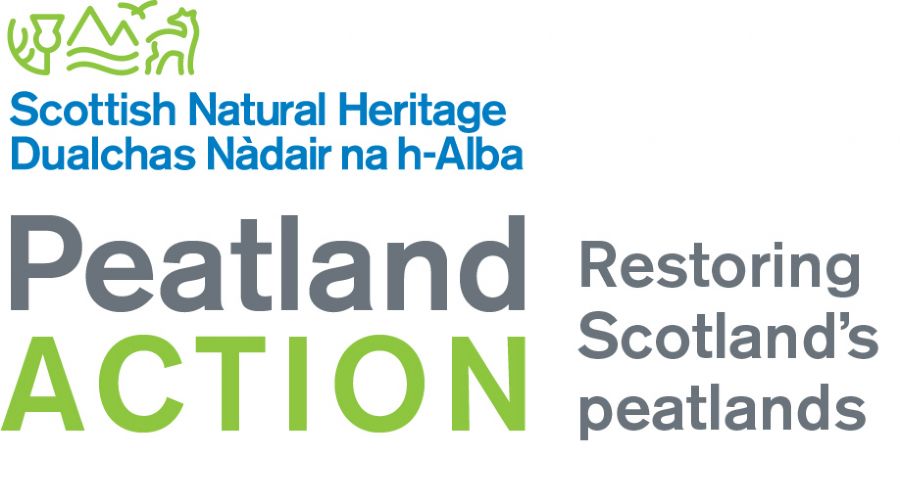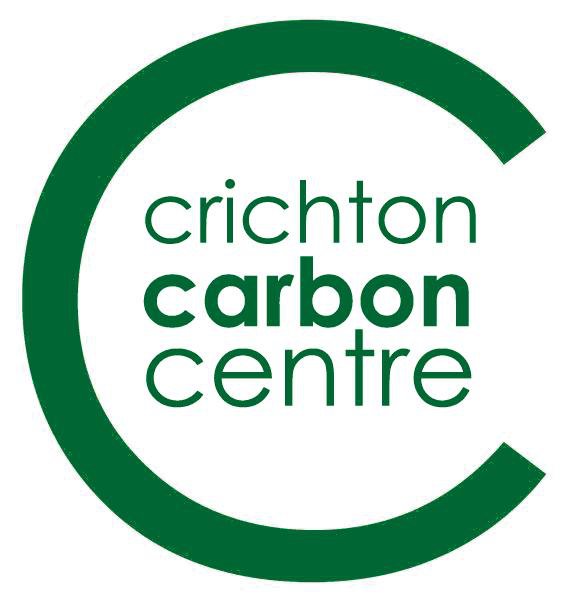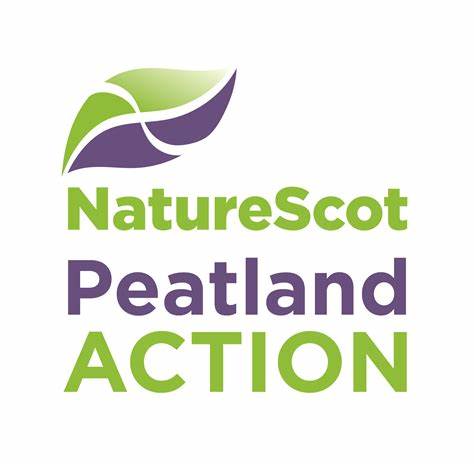Peatland Restoration Work
Headwaters of many Galloway rivers suffer from acidification following the heavy drainage and planting of the uplands with blanket Sitka Spruce. A functional peatland plays an important role by storing carbon, slowing down water run-off and helping to remove pollutants. If a peatland is heavily drained then it becomes degraded and less efficient. Restoring degraded peatland is an important technique to improve water quality, especially acidification, in upland waters.
Acidification impacts on water quality and the fish populations in over 200km of running water in Galloway. During the 1970’s there was a dramatic crash in fish populations in many of the river headwaters, thought to be attributable to the scavenging effects of closed canopy conifers, acid rain and the drainage of peatlands. This area is particularly sensitive to acidification due to the underlying geology offering little buffering capacity to neutralise acidic inputs.
Many of the most acidic water courses flow from afforested deep peats. The process of heavily draining deep peats to create suitable conditions for growing Sitka Spruce is very damaging to peatlands. A functioning peatland is largely water logged (high water table) with bog vegetation mostly made up of Sphagnum mosses and sedges. The lack of oxygen creates anaerobic conditions which prevent plant material from fully decomposing and will actively accumulate peat typically ~1mm a year.
Healthy peatlands are important for freshwater systems, they perform many important functions including:
- effectively store carbon (sequestration)
- support important ecosystems of its own
- improve water quality – by absorbing pollutants such as sulphur dioxide, nitrogen and heavy metals
- natural filtration
- help to regulate water flows giving lower and delayed flood peaks and increased low flows
- benefit native fish and aquatic invertebrates in downstream waters
The process of draining deep peats results in oxidation of the upper layers, a loss of sphagnum moss species, the release of peat particles through water erosion or simply being blown away. Much research has shown that a heavily drained peatland will usually reduce the water quality in the water courses that they drain into. Much of the acidification in Galloway is caused by the extensive draining of deep peats for tree planting.
GFT consider that targeted peatland restoration is a key requirement to recover water quality and the fish populations in the upper reaches of Galloway rivers. Conifer replanting and ground preparation works must stop on deep peats in the opinion of GFT. Although no new planting is allowed on deep peat, replanting of conifers is still allowed even though the environmental damage is well known - this needs to stop.
The main concept of peatland restoration is to raise the water table back to the pre-drainage state. This is normally done through blocking drains. To protect peatlands it is also important to revegetate any bare peat haggs, control burning and limit erosion. Of particular interest is the technique 'forestry to bog' where following the felling of a conifer crop it is possible to restore the area back to bog by flipping and burying the tree stumps, ground smoothing and, if necessary, constructing bunds.
The following short film provides more information on peatland restoration techniques and benefits https://youtu.be/m15NXpjmOvQ
GFT is actively involved in supporting and delivering peatland restoration. We work with a range of partners including Forestry and Land Scotland, Crichton Carbon Centre and Peatland Action.
On the Bladnoch, GFT campaigned hard for peatland restoration at Tannylaggie, highlighting that acidified waters from this area are significantly impacting on the fish populations. Conifer planations have been removed from the site and peatland restoration work finally started in 2023 by FLS. This site is complicated will take a number of years to complete.
On the Fleet catchment a partnership project led by GFT involving private landowners, FLS, SEPA, SNH and the CCC gathered information on peatland condition and water quality data (including pH and Fluorescent Dissolved Organic Matter (a proxy for Dissolved Organic Carbon)) to help identify where peatland restoration is required. Peatland restoration involving blocking ditches and hag re-profiling on parts of the Cairnsmore of Fleet. Further restoration work within the afforestated areas is needed.
On the Cree a three year peatland restoration project was completed at Moss of Cree which through undertaking ground smoothing of a previously afforested site.
GFT completed a peatland restoration feasibility study across the headwaters of the Luce catchment in early 2018. Over 17,000ha of the Luce catchment is described as peat, with most of the upper catchment comprising of blanket bog. The feasibility studies are important to understand exactly where the deeper peats are, how the peats have been drained and where the greatest benefits could be achieved regarding water quality and fisheries improvements. In this study 500 peat depths were collected, a vegetation survey completed and water quality data considered. It is hoped that peatland restoration could be undertaken here soon.
In recent years, GFT has been working with Peatland Action and Crichton Carbon Centre to completed a detailed water quality monitoring program across the headwaters of the Galloway rivers both to monitor restoration works and to identify key areas requiring peatland restoration. Detailed annual reports are produced. The reports covering the Water of Fleet, Luce and Bladnoch can be downloaded from this page. The Cree is being monitored over the winter 2024 / spring 2025 and the Kirkcudbrightshire Dee the following year.
Most of the work described above has been funded by Peatland Action.



Downloads
Peat depth map
An example of the map that can be produced using peat depths gathered by GFT staff.GFT PA Water quality monitoring report Fleet 2021 2022
Water quality monitoring report, including fish densities, for the upper Water of Fleet from winter 2021 - spring 2022Water quality monitoring report Luce 2022 2023
Water quality monitoring survey completed on the Water of Luce in 2022 and 2023Bladnoch 2023 2024 Water Quality Monitoring Report
Report of GFT water quality monitoring work on the River Bladnoch catchment covering winter 2023 and spring 2024Cree 2024 2025 Water Quality Monitoring Report
Report of water quality monitoring work on the River Cree catchment covering winter 2024 and spring 2025Gallery
Latest News
Its insect week!
Riparian zones bridge the gap between land and river, creating an important habitat for insects while also providing shade and protection against erosion. We do a lot of habitat work mainly to help aquatic species like fish, but we are keen to monitor and understand the wider biodiversity benefits.
Alyx's third intern blog
Alyx has written her third blog covering her internship at GFT